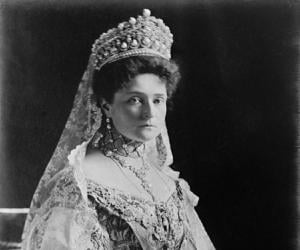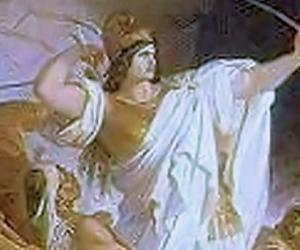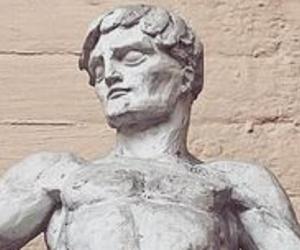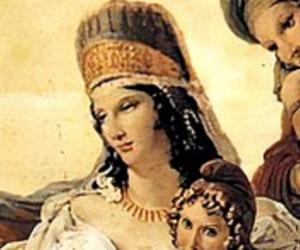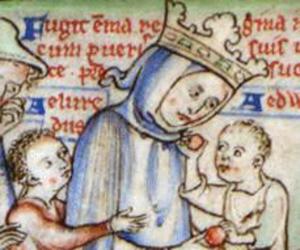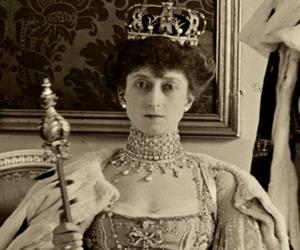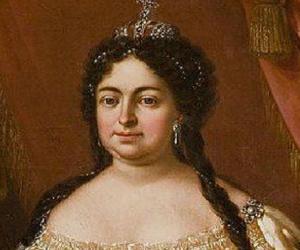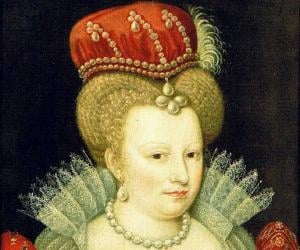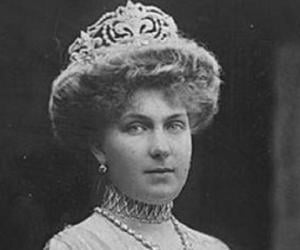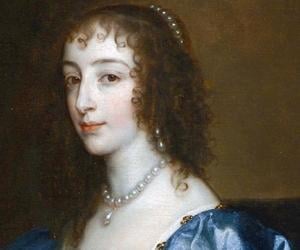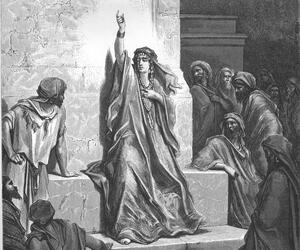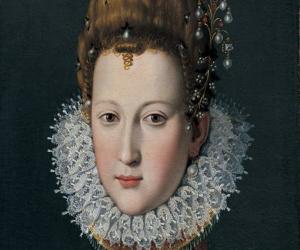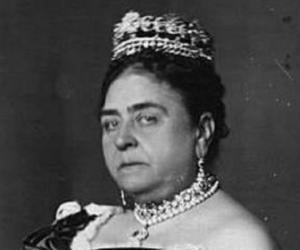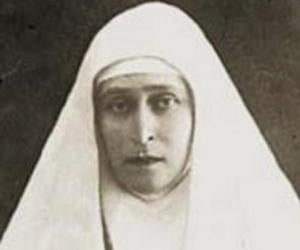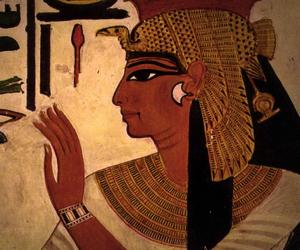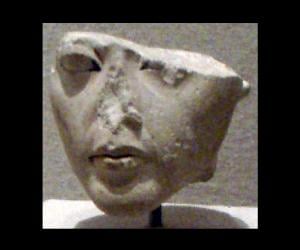Quick Facts
German Celebrities Born In June
Also Known As: Princess Alix of Hesse and by Rhine, Saint Alexandra the Passion Bearer, Alice Victoria Helena Louise Beatrice
Died At Age: 46
Family:
Spouse/Ex-: Nicholas II of Russia
father: Louis IV, Grand Duke of Hesse
mother: Princess Alice of the United Kingdom
siblings: Ernest Louis, Grand Duchess Elizabeth Feodorovna of Russia, Grand Duke of Hesse, Prince Friedrich of Hesse and by Rhine, Princess Irene of Hesse and by Rhine, Princess Marie of Hesse and by Rhine, Princess Victoria of Hesse and by Rhine
children: Alexei Nikolaevich, Grand Duchess Anastasia Nikolaevna of Russia, Grand Duchess Maria Nikolaevna of Russia, Grand Duchess Olga Nikolaevna of Russia, Grand Duchess Tatiana Nikolaevna of Russia, Tsarevich of Russia
Born Country: Germany
Empresses & Queens German Women
Died on: July 17, 1918
place of death: Russia
Ancestry: English Russian, German Russian
City: Darmstadt, Germany
Cause of Death: Execution
Childhood and Early Life
Alexandra Frodorovna was born on June 6, 1872 at the New Palace in Darmstadt, and was the sixth child and fourth daughter of Grand Duke Louis IV of Hesse and Princess Alice of the United Kingdom. She was nicknamed Princess Alix by her family.
On 1st July, 1872, she was baptised in accordance to the rituals of the Lutheran Church. The Prince and princess of Wales were chosen as her Godparents among many others.
On 14th December, 1878, when she was six years old, Alix’s mother died of a diphtheria epidemic. Alix and her three other siblings survived the disease but her youngest sister Princess Marie succumbed to it.
The notorious disease Hemophilia ran in the family. Alix’s older brother, Prince Friedrich of Hesse and by Rhine, died of the disease in May 1873.
Empress of Russia
Alix first met her future husband, Nicholas II, the heir to the throne of Russia in 1884 at the wedding of the latter’s uncle Sergei with Alix’s sister, Elizabeth at St. Petersburg. But the match was a problematic one for various reasons.
The match was disapproved by Nicholas’s father, Alexander III, an anti- German ruler, who wanted his son to marry the daughter of Phillipe, comte de Paris, the heir to the throne of France. Queen Victoria herself was against the match. However, she relented and let Alexandra have her way.
Alexandra herself had her share of doubts because the marriage would require her to convert into the Orthodox religion that’s why she turned down the first proposal of Nicholas. However, she accepted his second proposal.
The marriage took place after the death of Alexander III on 1st November, 1894. Tsarevich Nicholas II became the new Tsar of Russia, who wed Alexandra in the Grand Church of the Winter Palace of St. Petersburg, on 26th November, 1894.
The coronation of Alexandra Feodorovna and Nicholas II happened on the 14th of May, 1896 at Kremlin, in Moscow.
Unfortunately, she was unable to form a favourable impression of herself among the courtiers, the common people and even her family. She was perceived as very cold and haughty, although it was probably her quiet and shy side. It is said that her relationship with her mother in law, Marie Feodorovna was very troubled too.
Rejection by the People
During the outbreak of the First World War, Tsar Nicholas had to travel to the Frontline so he appointed Alexandra as the Regent in the capital, in 1915. However, she was inexperienced and under her governance, the wartime miserable situation of Russia worsened.
Her German origin infuriated the common people, as did her increasing closeness with Gregori Rasputin. All of these, culminated in the intense hatred towards the tsarina in the hearts of Russian people.
Personal Life and Legacy
Alexandra bore four daughters – Olga, Tatania, Maria and Anastasia. By this time, people inside and outside the family had started despising her because of her inability to conceive a male child.
Finally, on 12th August, 1904, she gave birth to the first male child and the successor to the Russian throne, Alexei Nikolaevich. But, unfortunately the royal heir had inherited the hereditary disease of Haemophilia.
It is during her pursuit of healing her son that Alexandra came in contact with the mystic Gregori Rasputin. She started relying on him blindly and in his capability of reducing Alexei’s pain.
This relationship seemed to increase Rasputin’s political powers during the absence of the Tsar, in the year 1915 and turned the majority of the aristocracy against Alexandra.
The February Revolution brought in its stead the Provisional Government. The government, which was led by Alexander Kerensky imprisoned the former Tsar along with his wife and children in the Alexander Palace from which they were removed to the Ipatiev House, on 30th April, 1918.
Early in the morning of 17th July, 1918, Alexandra, along with her family members and servants was assassinated by a firing squad in the basement of the house. The execution was led by Yakov Yurovsky.
Alexandra had to witness the murder of her husband (Tsar Nicholas II) in front of her eyes before she was shot by the military commissioner Peter Ermakov. The gunshot entered just above her left ear.
Facts About Alexandra Feodorovna
Alexandra Feodorovna was known for her love of animals and often kept a variety of pets, including dogs, cats, and even a pet monkey named Jimmy.
She was a skilled artist and enjoyed painting and drawing in her free time, often creating beautiful works of art that captured the essence of Russian culture and tradition.
Alexandra had a keen interest in mysticism and spiritualism, regularly consulting with psychics and mediums for guidance and insight.
Despite her royal status, Alexandra was known for her humility and compassion towards those less fortunate, frequently visiting hospitals and charitable organizations to offer support and comfort to the sick and needy.


